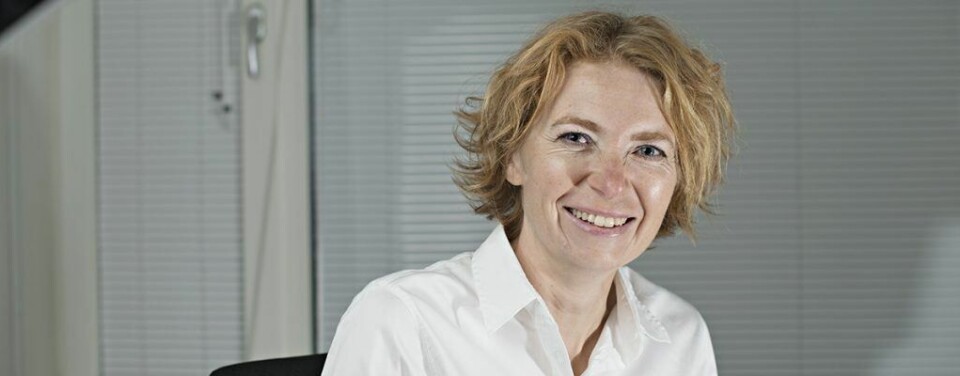
Selective breeding progress made
Tools and technologies developed by an EU project which aims to advance selective breeding of Atlantic salmon, rainbow trout, gilthead seabream, seabass, turbot and common carp are now available to finfish producers.
Called FISHBOOST, the project is currently only halfway through its 4-year duration, but has already made a number of significant advances – relating, for example, to increasing disease resistance and developing new tools for recording production traits, such as fillet yields, on live fish.
A press release issued today by the Norwegian research institute Nofima – which is coordinating the project – states: “An important goal is to enhance the innate protection against fish diseases in farmed species. Especially for this group of traits, FISHBOOST partners have developed genomics tools and techniques for improving breeding programmes. One example is RAD sequencing technology to genotype cheaply. Another example is methods to reduce genotyping costs for genomic selection, by pooling DNA from individuals with extreme phenotypes in the reference population. These results may lead to wider scale implementation of genomics in aquaculture breeding programmes, with the ultimate aim to reduce disease incidences.
“For production traits, focus has so far been to develop tools that record production traits indirectly. That is done by recording morphological traits of fish on live fish, for example fillet yield and lipid percentage. This is important to increase genetic gain for these traits in the breeding programmes, and it contributes to improvement of the humane use of animals for research purposes (3R) in the European aquaculture industry.
“Software has been developed for fish breeders to manage inbreeding in the selection and mating steps in a breeding programme. Other software selects strains or individual fish in strains to form a base population for breeding.
“Bio-economic models have been developed for the FISHBOOST species. These models can be used to calculate economic values for production efficiency traits, in order to select for the most important traits under different production systems. The results can also be used to quantify the effectiveness of breeding in an aquaculture production system.”
There are currently 37 breeding programmes in Europe for the main six finfish species. FISHBOOST is supported by the EU 7th Framework Programme and has 14 partners in research, technology and development, 11 industry partners, and FEAP.























































